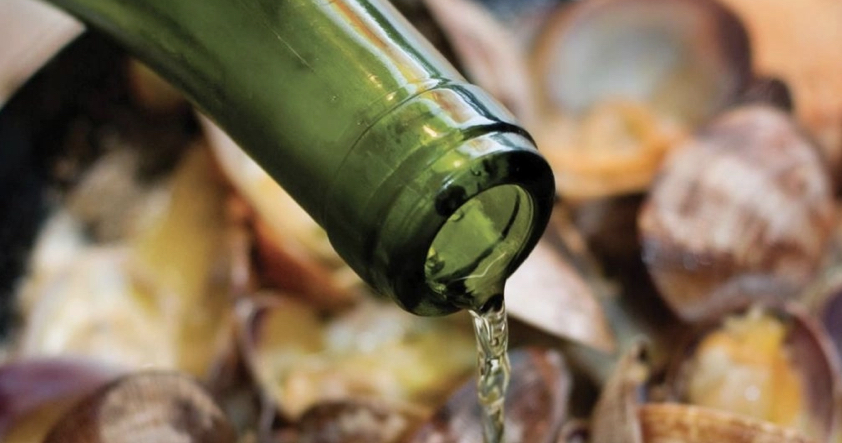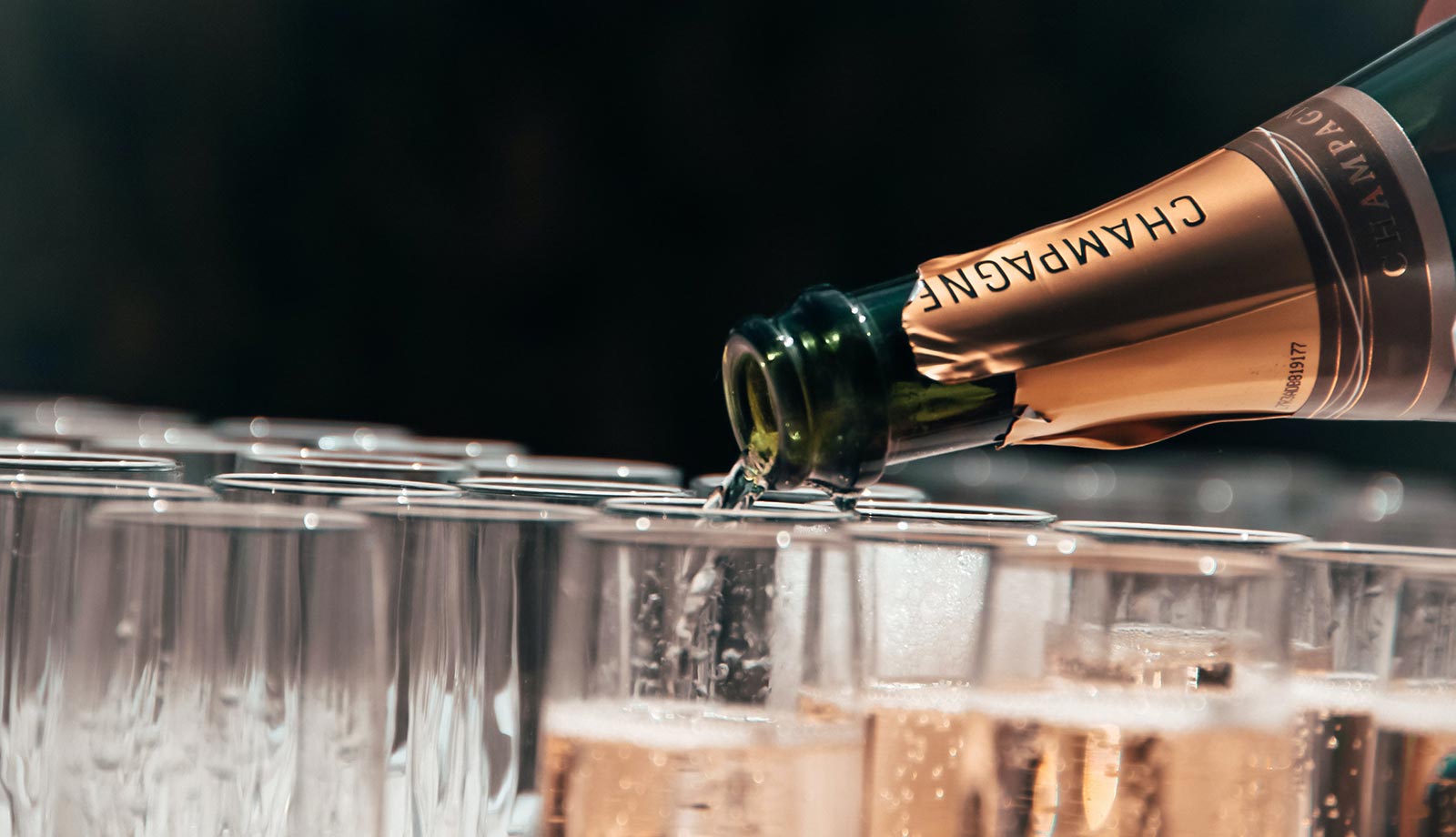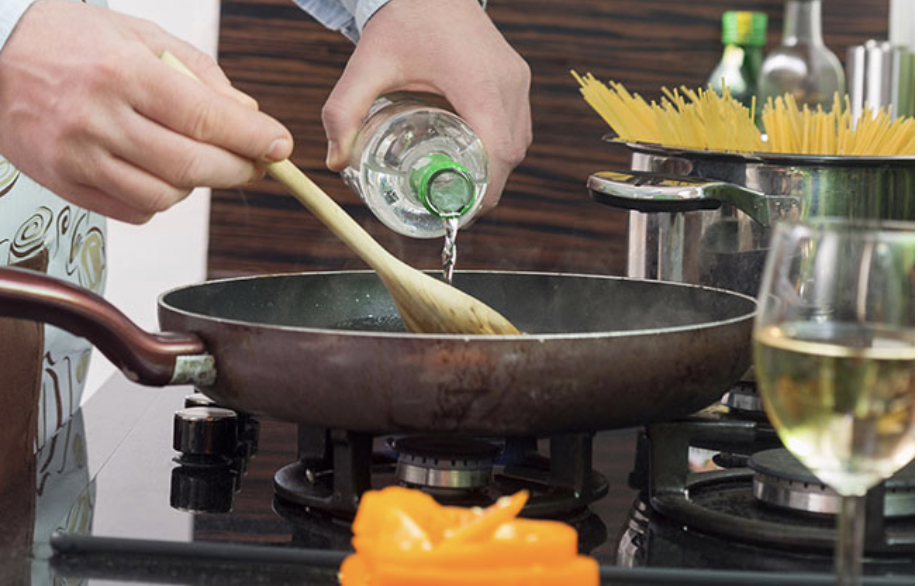How to Cook with Wine
.jpeg)
“I cook with wine. Sometimes I even add it to the food.” – WC Fields
By Erin Henderson
While I was in sommelier school, and into the first few years of my career, I had the good fortune to work in some of Toronto’s leading restaurants. At one place, the leftovers from open wine bottles from our By The Glass list were taken to the kitchen to be repurposed into stews, soups, and sauces.
These wines were still great, and, for you and me, would certainly be more than fine to drink at home the next day or even a couple days later. But the calibre of restaurant that it was, it was not acceptable to serve the day-old dregs to our guests. So, off to the kitchen they went for a new life.
I was mildly surprised one day to see the kitchen deliveries being made, and among them, a 4-litre bag-in-the-box of white wine. Not even a noted varietal, just a fairly ominous “white wine” stamped on the side.
I asked the chef about it, and he said it doesn’t really matter the wine. As long as it’s not faulted, it’s fine to cook with. Curiosity piqued, I asked a few more chef friends. They echoed the same thing: as long as it’s not corked, cooking with whatever random wine – even a mishmash of different bottles (as long as it’s all the same colour) – is totally fine.
As someone who has studied and worked in the wine industry for a long time, I have my own thoughts on which wines to use for cooking. I don’t think you need the best of the best, but I do think the wine you cook with should be a wine you would be at least fine with drinking.
I always have a bottle of red and white “cooking wine” on my counter. Typically, I buy wines around the $10 mark – wines that don’t normally make it into my glass, but if I was at a corporate banquet or gigantic wedding, I would be able to swallow without making a face.
My white wines for cooking are always high in acid (more on that in a minute), and somewhere between neutral to fruity. Think Pinot Grigio or Sauvignon Blanc. I stay away from full-bodied and oaky whites.
For reds, I prefer to cook with wines full of juicy flavour and little to no oak. Crianza-level Tempranillo, Beaujolais, and even simple Merlots all work for what I’m trying to achieve.
 (1).jpg)
Why Cook with Wine at All?
Let’s start at the beginning, wine is used in cooking for flavour. But its big advantage is natural acidity which tenderizes foods and keeps them moist.
Not to get all science-y about it, but essentially the alcohol in wine, which eventually cooks off, helps the flavour molecules of the other ingredients open up. Alcohol also helps break down fats, which is also why it’s often a main ingredient in marinades for tough meats.

White Wine
In my kitchen I probably use 80% white wine in cooking. Deglazing, steaming, poaching and some of my braising benefits from white wine.
Use white wine where you would citrus, vinegar, or simple stock. I almost always deglaze a pan with a splash of white wine after sautéing mirepoix and other aromatics and before adding the next ingredients. It adds a lightness to the sauce, and as the alcohol evaporates the flavours from the vegetables and the fat they were cooked in concentrate.
Even for recipes that often call for red wine to be used as part of the braise – coq au vin or bolognese, for example – I often substitute white, as I prefer the buoyancy white loans to an already rich and robust dish.
I also like to use white wine when poaching seafood. The acidity helps the meat stay tender and moist, while adding that added layer of flavour.
Ideas for cooking with white wine:
Red Wine
Even though I lean on white far more than red in my kitchen, that is not to say red doesn’t have a place.
I will happily dump a bottle of Pinot Noir into a pot of beef for a classic boeuf bourguignon. And steaks absolutely sing with a fruity Zinfandel marinade.
I use reds for the heavy lifting of tenderizing meats either by marinade to break down tough tissue, or long simmering braises. But reds are not a one-trick tenderizing pony, you can also call upon red wine when looking for that striking hue to impress a dinner party.
Ideas for cooking with red wine:
Roast Leg of Lamb with Garlic and Rosemary
Sparkling Wine
Now this may seem shockingly extravagant, but that’s the fun.
If you find you popped one-too-many corks on your revelry, don’t throw out the flattened fizz. There are ways to use it up with triumphant success.
I’m starting to sound like a broken record, but brut (dry) sparkling wines have naturally high acidity, making it ideal for cooking where you need a bit of zing (and may I suggest, glitz.)
Truly, you can use dry bubbly wherever you would use white wine, and leave it at that, but it’s satisfyingly indulgent to to name the sparkling wine to the standard title of the recipe (eg. Champagne Risotto or Prosecco Poached Shrimp), and then bask in the splendor of “what, this old thing?” faux humility.
A splash of sparkling to risotto, a dash of bubbly to coq au vin, or a pop of fizz to a mignonette, and your dinner game is automatically elevated.
Ideas for cooking with sparkling wine:
Scallops with Champagne Truffle Cream
Alcohol in Food
It should be stated that not everyone wants to have food that has been cooked with alcohol, regardless of what remains in the dish.
Yes, most recipes for braises, soup, stews, and gravies call for wine to be added at the beginning of the cooking process, which allows time for most, if not all, of the alcohol to be cooked away.
However, there are some recipes, such as flambéed desserts, which add alcohol at the end for a dramatically fiery finish and would potentially have quite a bit of the booze still heartily intact.
Children, those who are pregnant, people observing religious and cultural dictums, and those in recovery, plus anyone else who is abstaining for whatever the reason (which is usually none of our business), may suffer from foods cooked with booze. It always helps to check with your guests about food restrictions and intolerances before deciding on the menu.

 (1).jpg)

